Photographs: Courtesy, barmer.nic.in Aman Sethi in Barmer
Barmer’s boom has its roots in an old-fashioned real estate bubble that has created tremendous liquidity in a collection of villages that, until recently, bartered grain in times of drought.
In 2008, an accountant was tired of earning Rs 5,000 a month balancing books for the local grain merchant, so he put down Rs 50,000 as a token payment for a plot of land worth Rs 7 lakh.
Two days later, he sold it for Rs 7.75 lakh and made more money in a single trade than he had in the past year.
“This is a great business,” the 40-year-old thought, and plunged into what became the Barmer property bubble, an astonishing four-year period during which the price of land in pockets surrounding this remote desert town rose more than 10 times.
…
Hidden story of the Barmer's property boom
Image: Nakoda Temple in Barmer.Photographs: Courtesy, barmer.nic.in
In 2009, he flipped a 0.8-acre plot, bought for Rs 25 lakh, for Rs 27 lakh in a week. In 2010, he fronted Rs 5 lakh for agricultural land worth Rs 60 lakh and sold it for Rs 1.05 crore in three months.
The same year, he put up Rs 15 lakh for commercial property worth Rs 1.53 crore and sold it in 10 days for Rs 2.50 crore.
Many trades bordered on illegality and the sums exchanged rarely matched declarations to tax authorities. This correspondent was able to corroborate at least three trades.
...
Hidden story of the Barmer's property boom
Image: JSW Energy's Barmer plantPhotographs: Courtesy, JSW Energy
In the past decade, Barmer’s rural economy has been transformed by two separate energy projects: A 1,080-Mw thermal power plant operated by a subsidiary of Sajjan Jindal’s JSW Energy and Cairn Energy’s Mangala, Bhagyam, and Aishwariya oilfields.
The spurt in prosperity has been celebrated as a triumph of entrepreneurship, as residents have invested in hotels and transport fleets to service the oilfield.
Barmer’s boom, in fact, has its roots in an old-fashioned real estate bubble that has created tremendous liquidity in a collection of villages that, until recently, bartered grain in times of drought.
...
Hidden story of the Barmer's property boom
Photographs: Courtesy, barmer.nic.in
From 2007 to 2011, JSW acquired about 17,000 acres atop the coal blocks allotted to their lignite-fuelled power plant.
“The acquisition was in three phases: From Rs 58,500 an acre in the first phase in 2007 to Rs 7.5 lakh an acre in 2011, plus extra for housing structures,” said a spokesperson for the company. In all, the land acquisition transferred approximately Rs 1,100 crore to 760 households in four years, according to company figures.
...
Hidden story of the Barmer's property boom
Photographs: Courtesy, Cairn Energy
Cairn Energy acquired 1,200 acres for about Rs 150 crore, according to a company spokesperson.
“We fought a long battle to ensure we got fair compensation for acquired lands,” said one Kishan Punia, adding: “Then we invested in land elsewhere.”
Punia had sold 80 acres of unirrigated single-crop land in 2011 for Rs 9 crore, invested his compensation in 98 acres of irrigated land elsewhere and still had enough money left to invest in mutual funds, a life insurance policy and two vehicles. Most other land-losers also bought property, leading to a rash of trades.
...
Hidden story of the Barmer's property boom
Photographs: Courtesy, Cairn Energy
Speculation reached a fever pitch in 2012, when the Rajasthan government came close to finalising plans to set up an oil refinery in nearby Baitu. Armed with compensation funds from JSW, many land-losers bought land parcels in Baitu, hoping that land prices would continue to rise.
“People saw how much money we made when our land was acquired and thought they would become crorepatis,” Punia said, “They demanded Rs 4 crore an acre as compensation. But the plant shifted to Pachpadra, and they all became kangalpatis (paupers).”
...
Hidden story of the Barmer's property boom
Photographs: Reuters
News reports said Hindustan Petroleum Ltd balked at the cost of the land and would now build its refinery 60 km away on government land in Pachpadra.
“Politicians bought land through benami transactions and incited villagers to agitate for higher land compensation rates,” said Bhawani Singh, a civil contractor who contested as an independent in Rajasthan’s 2013 Assembly elections.
Jat leader Sonaram Chaudhary, a former Congress member of Parliament and the Bharatiya Janata Party’s Barmer candidate for the Lok Sabha elections this time, had organised some agitations.
...
Hidden story of the Barmer's property boom
Photographs: Courtesy, Cairn Energy
He accused the state’s Ashok Gehlot government of “playing games” with his constituents. “Our people were demanding about Rs 20 lakh an acre,” he said, “not crores as was reported in the media”.
But, initially, there were expectations the residents of Baitu would get more for their land. “In 2012, I bought 6.5 acres in Baitu for Rs 40 lakh an acre and planned to sell at Rs 1 crore an acre,” said the accountant turned real estate agent. “But the the refinery was shifted. Now I’m willing to sell at Rs 20 lakh an acre but can’t find a buyer.”
The transient nature of the Barmer boom has meant that the town’s sudden prosperity is yet to filter out beyond the oilfields. It has been 10 years since Cairn discovered oil in Barmer, and five since oil production began, but the district remains one of the least-developed regions in the country.
...
Hidden story of the Barmer's property boom
Photographs: Courtesy, Cairn Energy
Infant and maternal mortality rates remain persistently high, only a quarter of Barmer’s households are electrified, and less than 15 per cent have indoor toilets. “The land business is a lottery,” Azad Singh Rathore said as he piloted his white Mercedes through Barmer’s narrow streets.
“The boom years of 2008 to 2011 are over and now the market has stabilised.” Rathore, now 31, was still in his 20s and working in his father’s medicine supply business when Precision Drilling, a Canadian oilfield contractor, was looking for someone to handle its housing and transportation needs.
“Cairn’s total investment in Barmer is about $5 billion,” said a company representative - a significant portion in the form of contracting work to local companies.
...
Hidden story of the Barmer's property boom
Photographs: Courtesy, barmer.nic.in
“I found houses for the company, I arranged cars and moved up the chain,” Rathore said. As contractors like Halliburton arrived to develop specific components of the oil field, each needed their own logistical support. He worked with them all.
This month, Rathore will complete his biggest project yet: A 10-acre workshop and warehousing yard for Halliburton that he was contracted to build in 90 days. He has already built eight such yards, and each successful project has brought him further business.
“Now our people need to develop technical skills to work on the fields,” he said. With property prices in retreat, the town depends on the smarts of people like Rathore.
...
Hidden story of the Barmer's property boom
Photographs: Courtesy, Cairn Energy
ARCHITECTS OF THE BOOM
The energy projects that transformed Barmer’s economy
Cairn
1995: Royal Dutch Shell signs a pact with Centre to explore and operate RJ-ON-90/1 oil block in Barmer. Cairn Energy owns 10% in the lease
1998: Cairn acquires 27% of the project
2002: Cairn takes 100% control of the project
2004: 3.7 bn barrels of oil equivalents found in Barmer’s Mangala oilfield, India’s biggest onshore hydrocarbon find in two decades
2005: ONGC buys 30% in the Cairn project
2009: Production begins at Mangala. A pipeline is constructed to ship output to Gujarat’s Salaya port
2012: Bhagyam oilfield starts production
2013: Aishwariya field becomes operational. (Cairn’s Rajasthan fields currently produce 186,000 barrels a day)
JSW Raj West Power Ltd
2006: Rajasthan govt and Raj West Power Ltd, a wholly-owned arm of JSW Energy, sign a pact for a 1,080-Mw thermal power plant
2007: Raj West buys 1,200 acres on Barmer’s outskirts for Rs 58,500 an acre
2009: Raj West acquires nearly 7,000 acres for coal-mining project for Rs 3.75 lakh an acre, plus further compensation for homes
2011: Land prices boom as a farmer’s protest forces Raj West to pay Rs 7.5 lakh an acre, plus compensation for homes for their final tranche of 9,000 acres

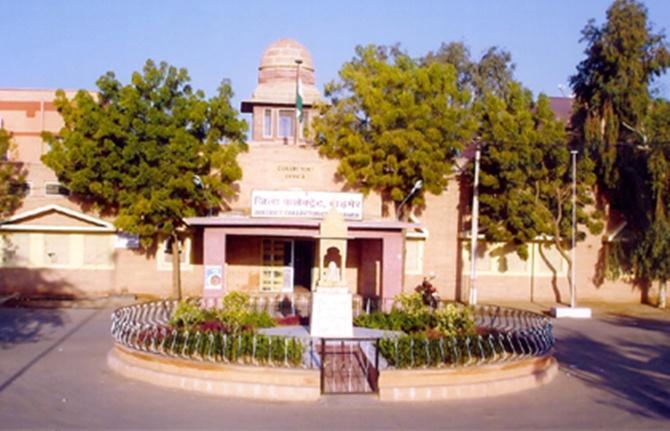
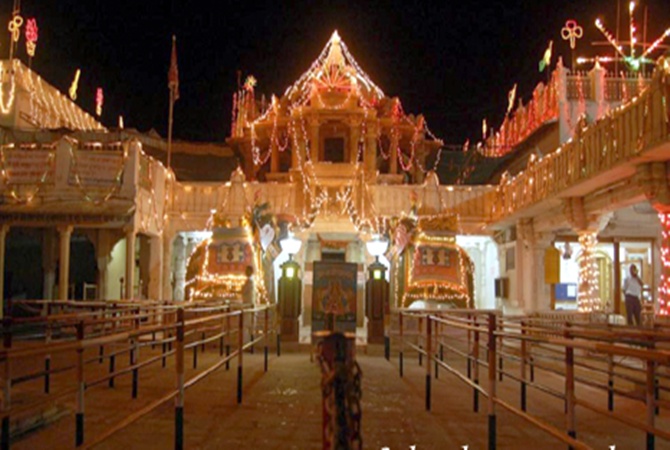
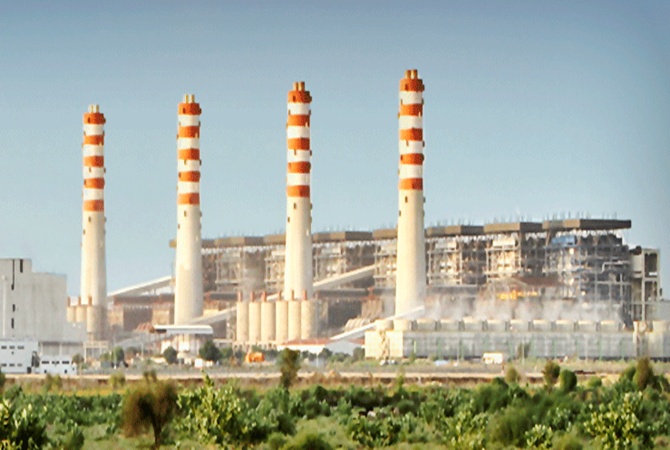

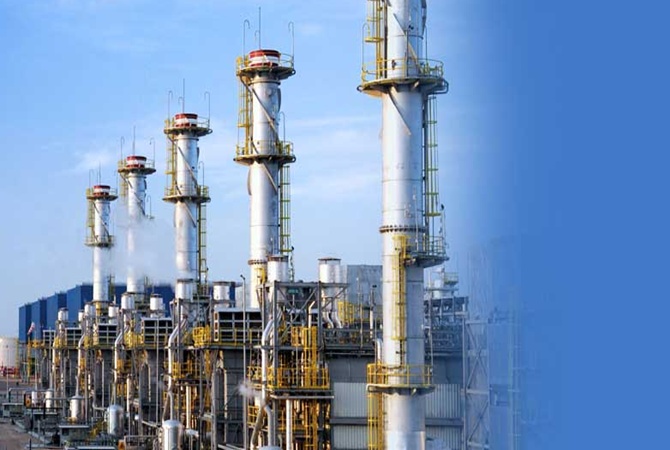
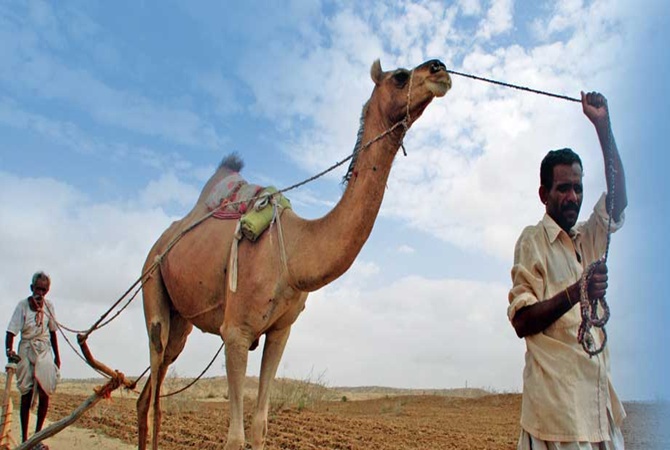


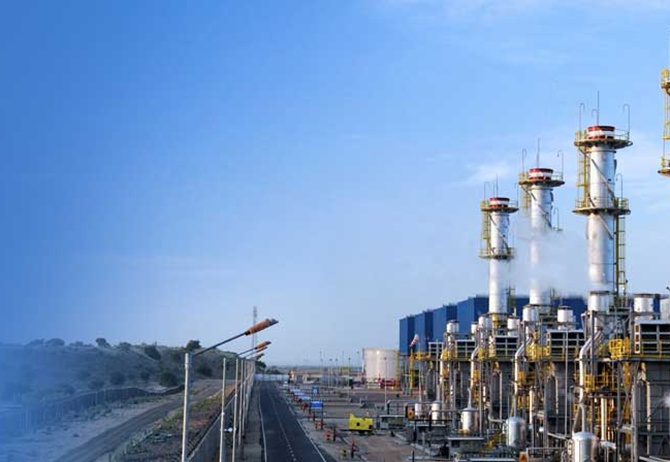

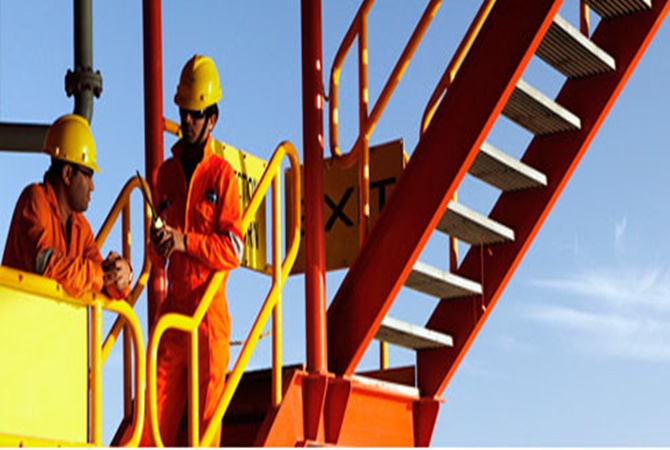

article